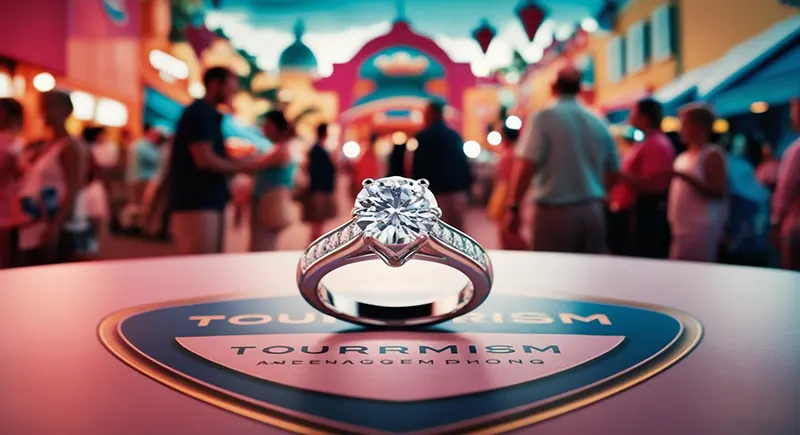The engagement ring, a symbol of love and commitment, has long been a tradition in many cultures around the world. In France, however, royal engagement rings have not only symbolized personal unions but have also mirrored the political and social shifts of their time. Over the centuries, these rings have transcended their initial function, becoming powerful symbols of monarchy, diplomacy, and national identity. Through the lens of French royal engagement rings, we can trace the evolution of social norms, the changing nature of royal power, and the influence of political movements on fashion and culture.
In the early history of French royal engagement rings, the designs were often simple yet regal, reflecting the monarchy’s focus on lineage and tradition. The engagement ring of Marie Antoinette, for example, was a modest piece in comparison to modern standards, featuring a single diamond that signified her betrothal to Louis XVI in the late 18th century. This simplicity, however, was not without its political connotations. The ring was not just a sign of personal affection but also a reminder of the responsibilities and expectations placed upon the royal couple. Their marriage was seen as a political alliance designed to strengthen the monarchy and solidify the power of the French crown.
However, as France moved through periods of revolution and upheaval, the royal engagement ring began to evolve in both style and meaning. The French Revolution in 1789 led to the overthrow of the monarchy, and the engagement rings that had once symbolized royal power were no longer in vogue. The subsequent rise of Napoleon Bonaparte saw a shift in how engagement rings were used. Napoleon’s marriage to Josephine in 1796 was marked by a notable ring, a bold emerald and diamond design that symbolized both personal love and the political power of Napoleon’s new regime. This engagement ring marked a clear break from the traditional, understated styles of previous centuries, signaling the growing influence of Napoleon’s empire and his ambition to solidify his rule.
The engagement rings worn by French royals in the 19th and early 20th centuries continued to reflect social and political changes. The marriage of Louis XVI to Marie Antoinette, as mentioned, had been symbolic of the absolute monarchy. After the fall of the monarchy, the engagement rings of new royal families such as the Bourbons and later the Bonapartes were often used as instruments of diplomacy. The design of engagement rings during these periods reflected changing attitudes toward power and governance. As the monarchy gave way to the republic, engagement rings became more personal symbols, while still retaining their political weight as a reflection of the social order.
In more recent history, the engagement rings of French royals have become even more reflective of personal taste rather than political or dynastic alliances. The engagement of Princess Caroline of Monaco to Prince Ernst August of Hanover in the late 20th century featured a striking ring that incorporated elements of both modernity and tradition. This shift is not only a reflection of the decline in political influence of royal marriages but also marks a broader social change in how engagements are viewed. Royal engagement rings have increasingly become expressions of personal identity and individualism rather than tools of political diplomacy. In conclusion, the political impact of French royal engagement rings cannot be understated. These rings have evolved from symbols of monarchy and political alliances to reflections of changing social dynamics. Over the centuries, the design, style, and meaning of these rings have shifted in response to the fluctuating political landscape, serving as tangible reminders of the interplay between personal relationships and political power. Through the royal engagement rings of France, we can trace the course of history, seeing how social change has been both mirrored and shaped by the jewels that have adorned the hands of royals throughout time.












